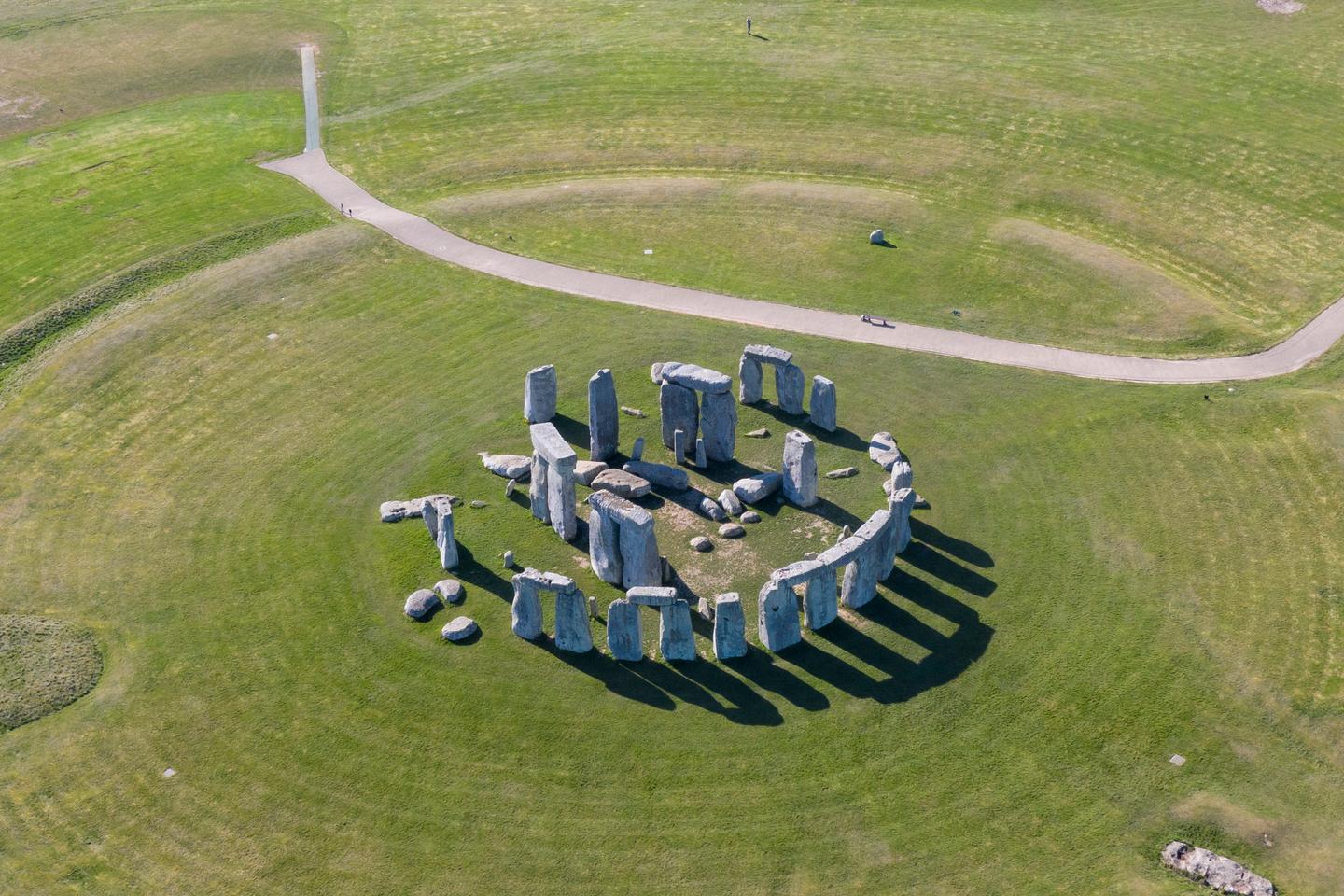


In the realm of popular science, the word "mystery" is sometimes overused, but it's still appropriate to use when talking about Stonehenge. We still don't understand why Neolithic humans started constructing this famous site in southern England 5,000 years ago. One of the enigmas concerns block number 80, the so-called "altar stone," which occupies the center of the megalithic circle. We have only a vague idea of when it arrived at Stonehenge, probably around the middle of the 3rd millennium BC. It's also unclear whether this block, currently lying broken and half-buried beneath two other large stones that have fallen on it, once stood upright. Its symbolism and function are unknown.
There have also been many questions as to where it came from. The hypothesis that it came from Wales, which was confirmed for several other bluish-tinted stones, has recently been ruled out by Richard Bevins and Nick Pearce, two researchers from Aberystwyth University in Wales, who have been working on Stonehenge for some 15 years. In a study published by Nature on Wednesday, August 14, they, along with colleagues from Curtin University in Perth, Australia, have surprised their world − and themselves in the process − by claiming that the altar stone came from the far northeast of Scotland, 750 kilometers from Stonehenge! As Nick Pearce said the result "blew our socks off... It was a shock to say the least."
A sandstone with greenish hues
Before asking how and why prehistoric humans went so far to find a 6-ton boulder, we need to explain how researchers made this astonishing discovery. The 5-meter-long, 1-meter-wide, 50-centimeter-thick parallelepiped is made of a greenish-tinged sandstone. According to the field of geology, sandstone is classified as a detrital rock, meaning its grains are derived from the disintegration of other, older rocks. These grains, which vary in age and origin, were then compacted together to create the sandstone.
The authors of the Nature study examined several grains (including zircon, apatite and rutile) from the altar stone and determined their age using radiometric dating techniques. These techniques are similar to carbon-14 dating, which is used for organic materials. However, unlike carbon 14 dating, which is only effective up to 50,000 years, radioisotopes such as uranium or lutetium, which are scrutinized by geologists, enable minerals to be traced back billions of years. Zircon grains from the block number 80 stone, for example, date back between one and two billion years.
You have 47.39% of this article left to read. The rest is for subscribers only.
